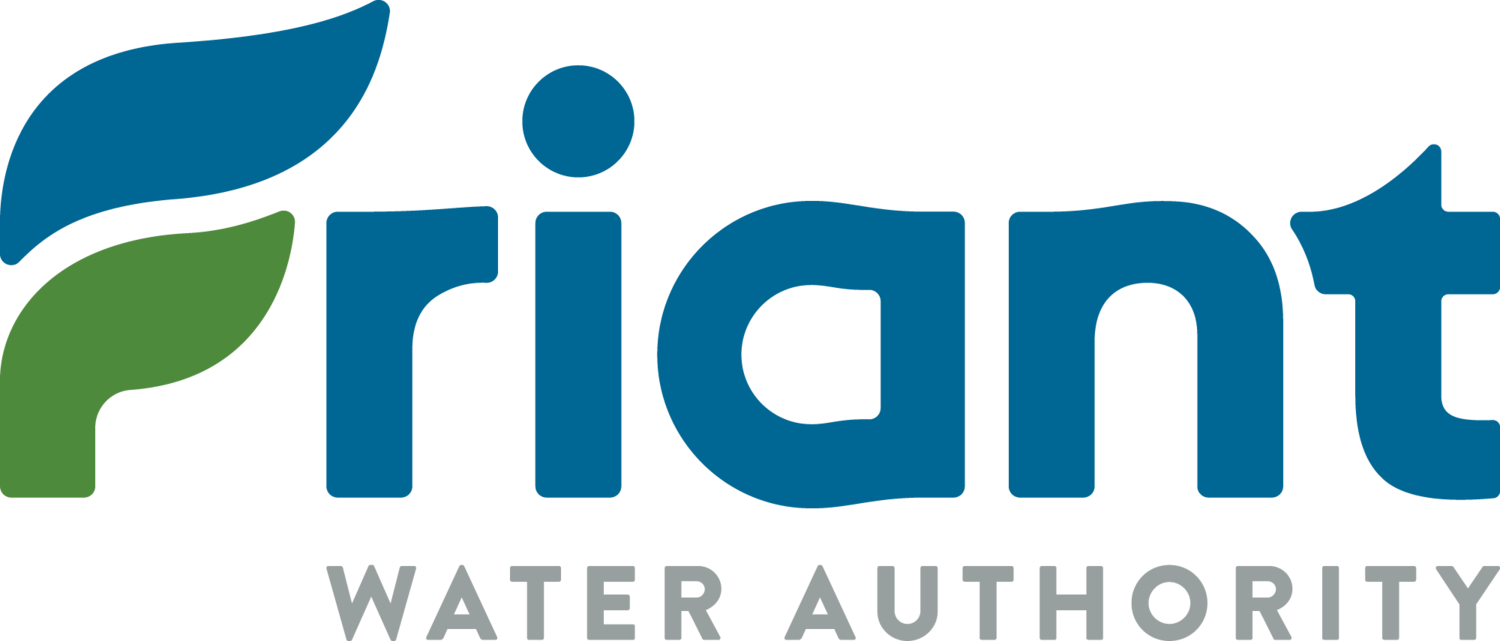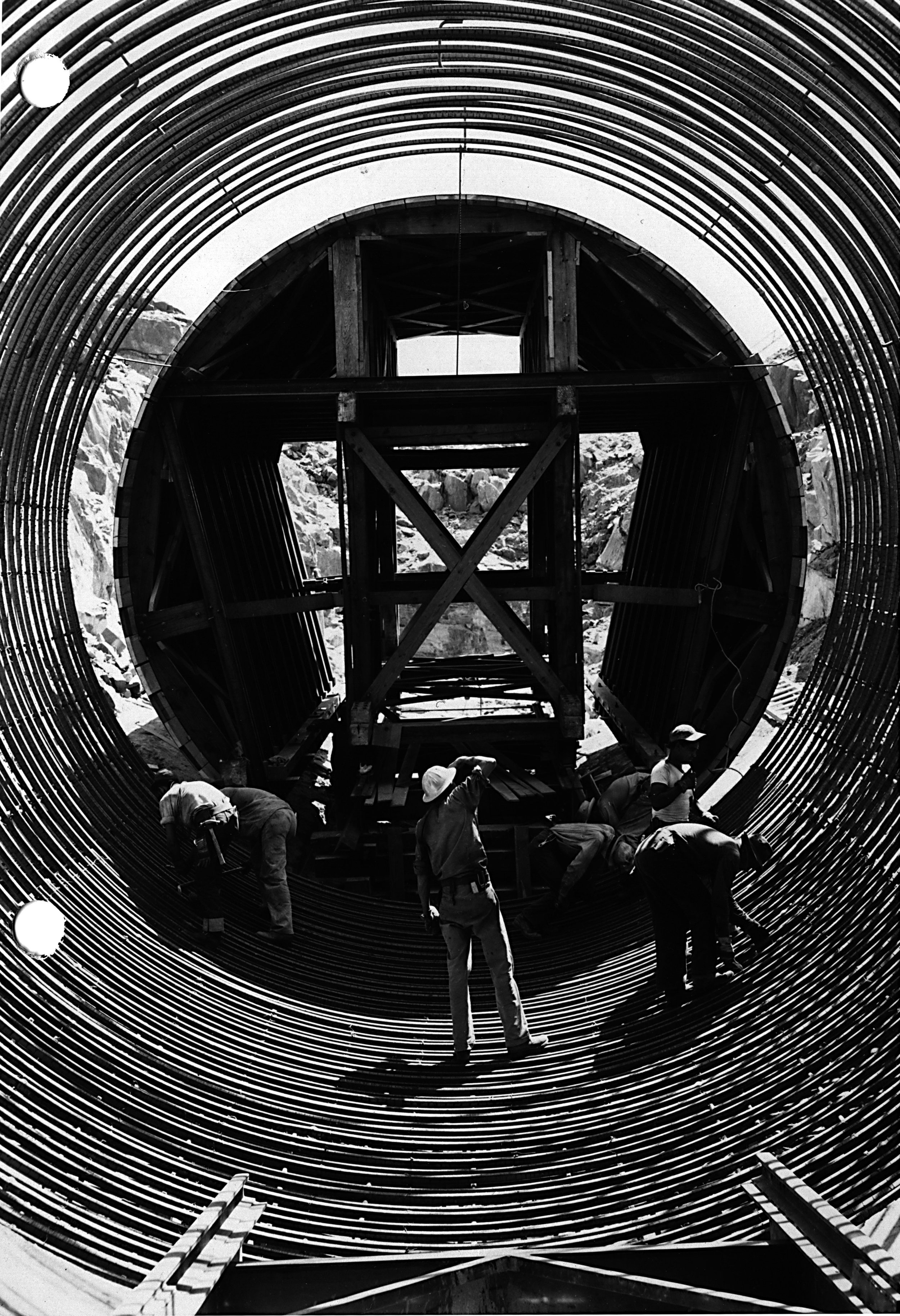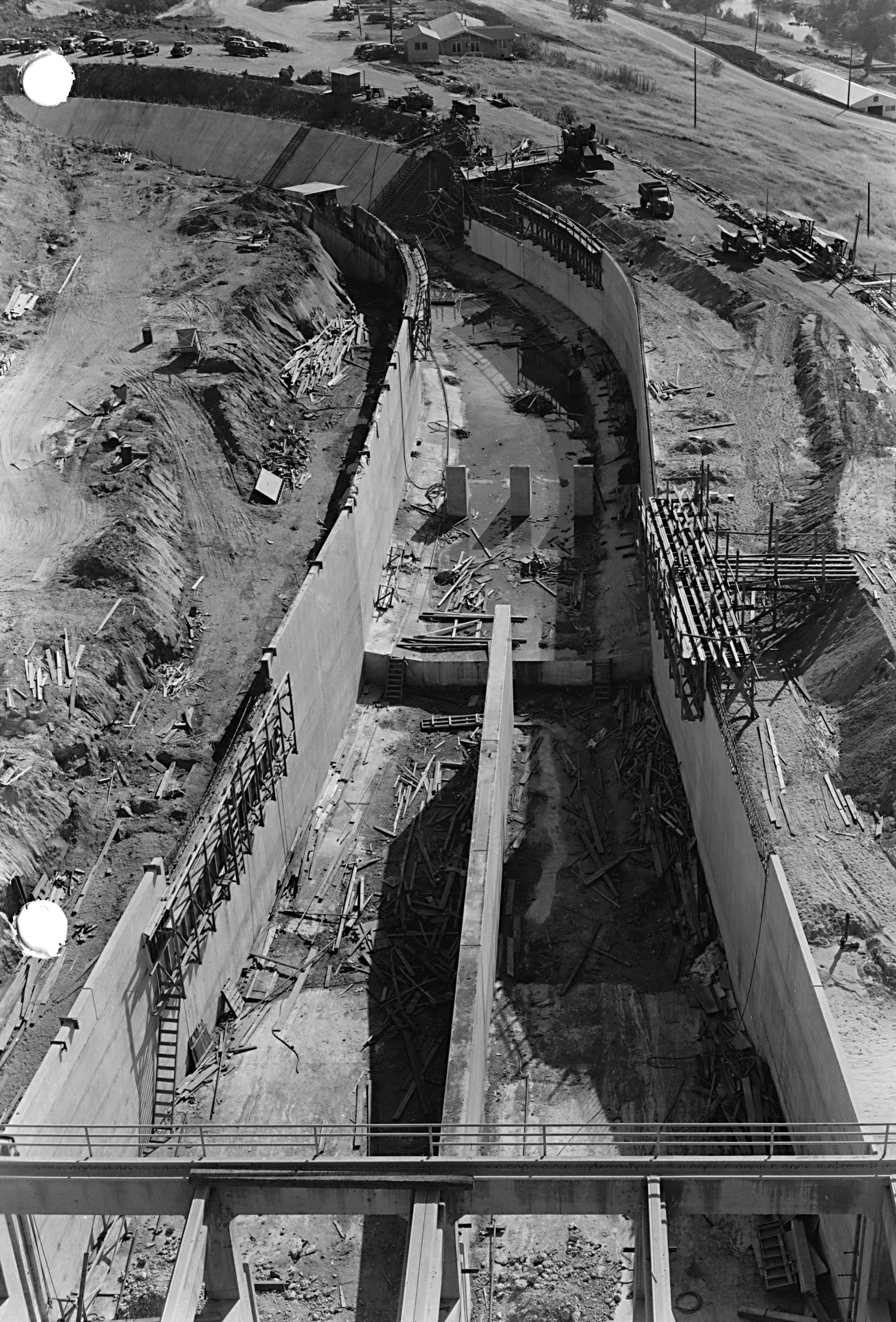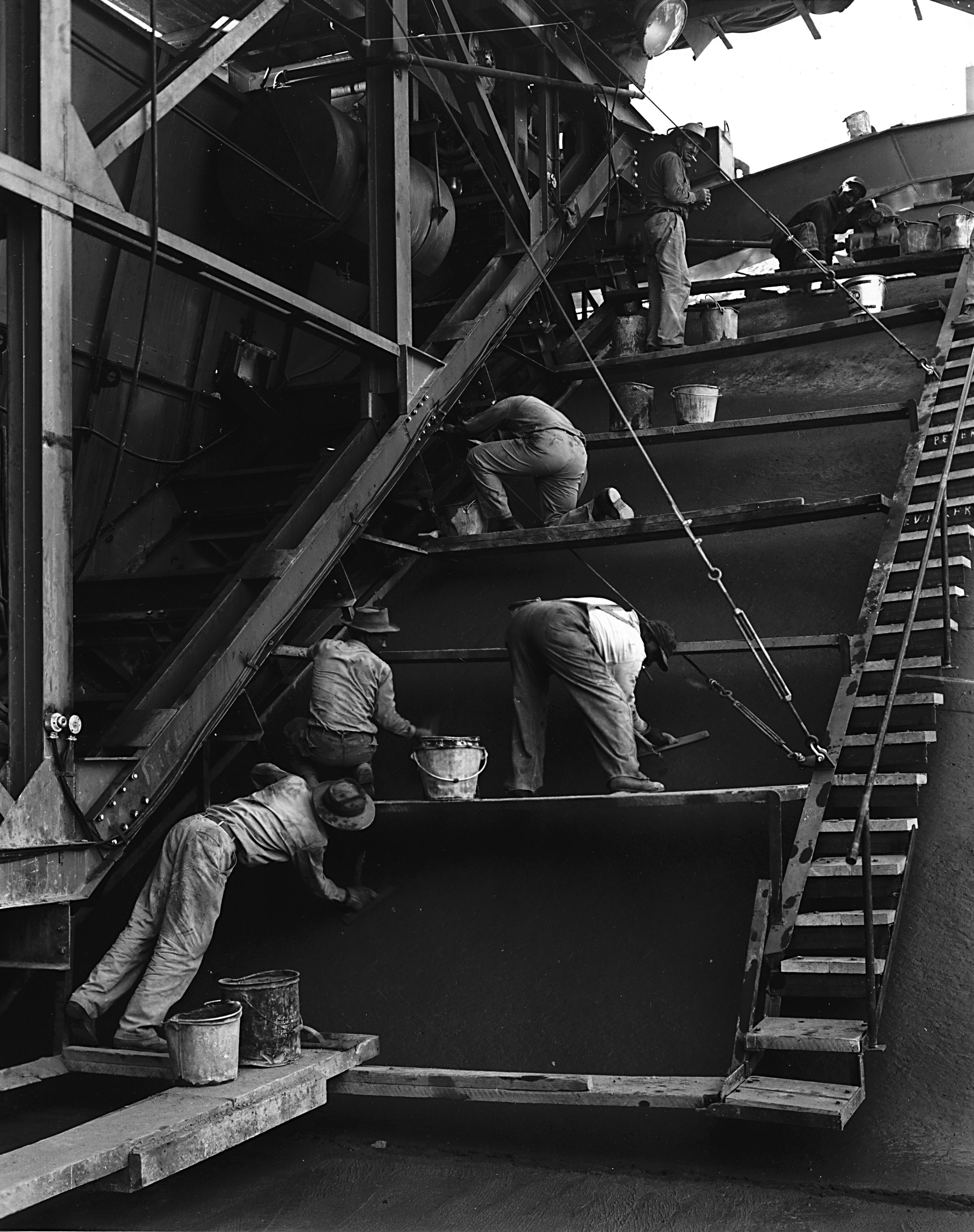Construction of the Friant-Kern Canal | Significance of the Friant-Kern Canal | Canal Components
Introduction
The Friant-Kern Canal was constructed by the U.S. Bureau of Reclamation in 1945‒1951 as part of the Central Valley Project (CVP). The 151.8-mile-long canal transports water southward by gravity flow from the Friant Dam at the San Joaquin River near Fresno, California to the Kern River in Bakersfield. The Friant-Kern Canal plays a primary role in accomplishing the CVP’s visionary goal—redistributing water from the State’s precipitation-heavy regions in the North to the drier regions of the Southern Central and San Joaquin Valleys. Today, the Friant-Kern Canal is operated by the Friant Water Authority, delivering irrigation water to more than 1 million acres of farmland and drinking water to over 250,000 San Joaquin Valley residents.
Learn more about the Friant-Kern Canal, its development, and the many components that comprise it below.
Construction of the Friant-Kern Canal
Construction of the Friant-Kern Canal was completed in seventeen segments by nine different contractors. The construction effort required detailed planning and engineering by Reclamation’s principal engineer Harry Raymond McBirney and his team to overcome the numerous obstacles present along the 151.8-mile path. The canal traverses the rugged terrain of the Sierra Nevada foothills, crosses multiple waterways and roadways, and incorporates an assortment of irrigation infrastructure into its design and operation. The size and scale of the Friant-Kern Canal are an important achievement in engineering and construction. Upon its completion on June 29, 1951, it was the longest canal in California and had the third largest capacity in the state after the All-American Canal and the Delta-Mendota Canal.
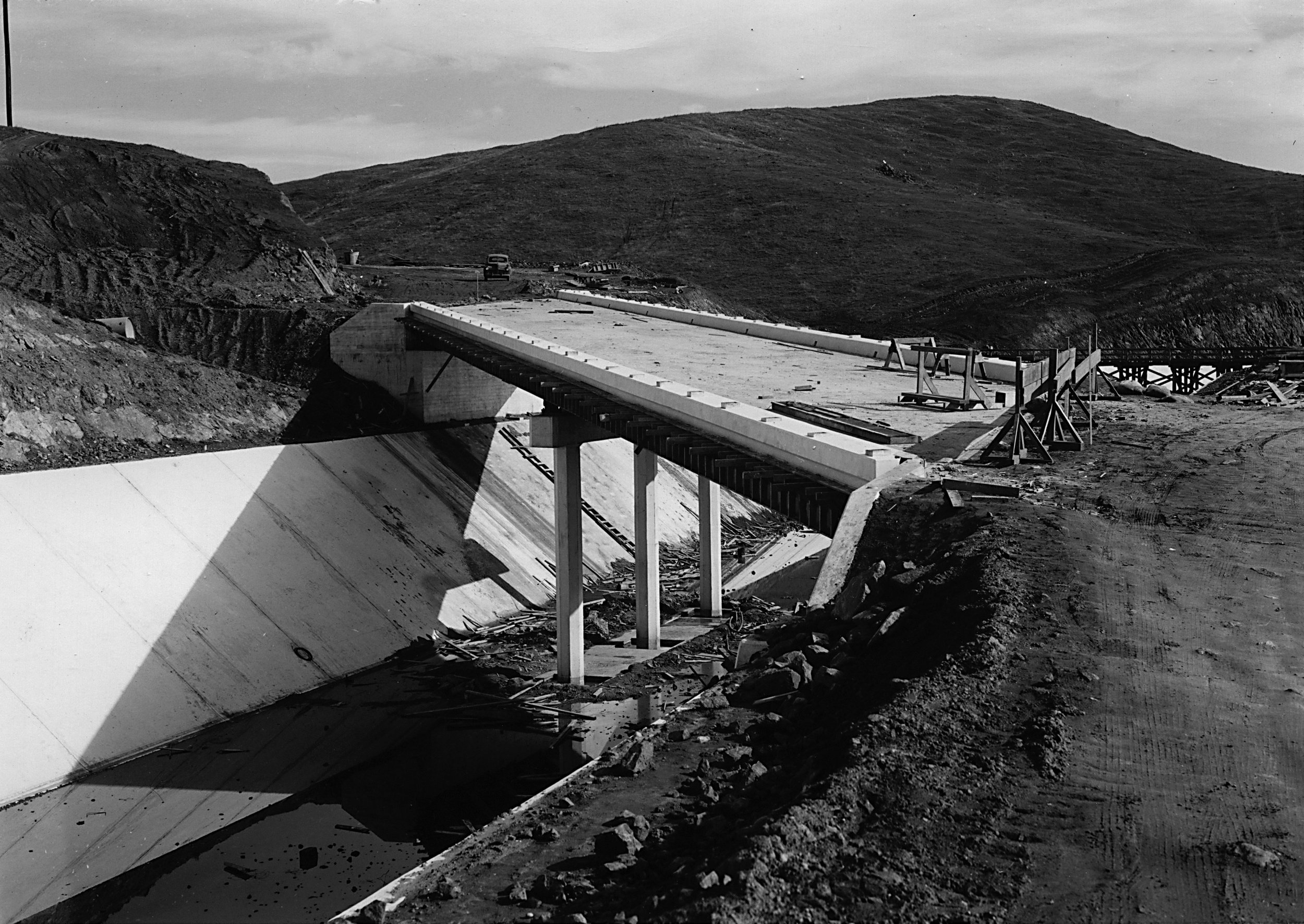
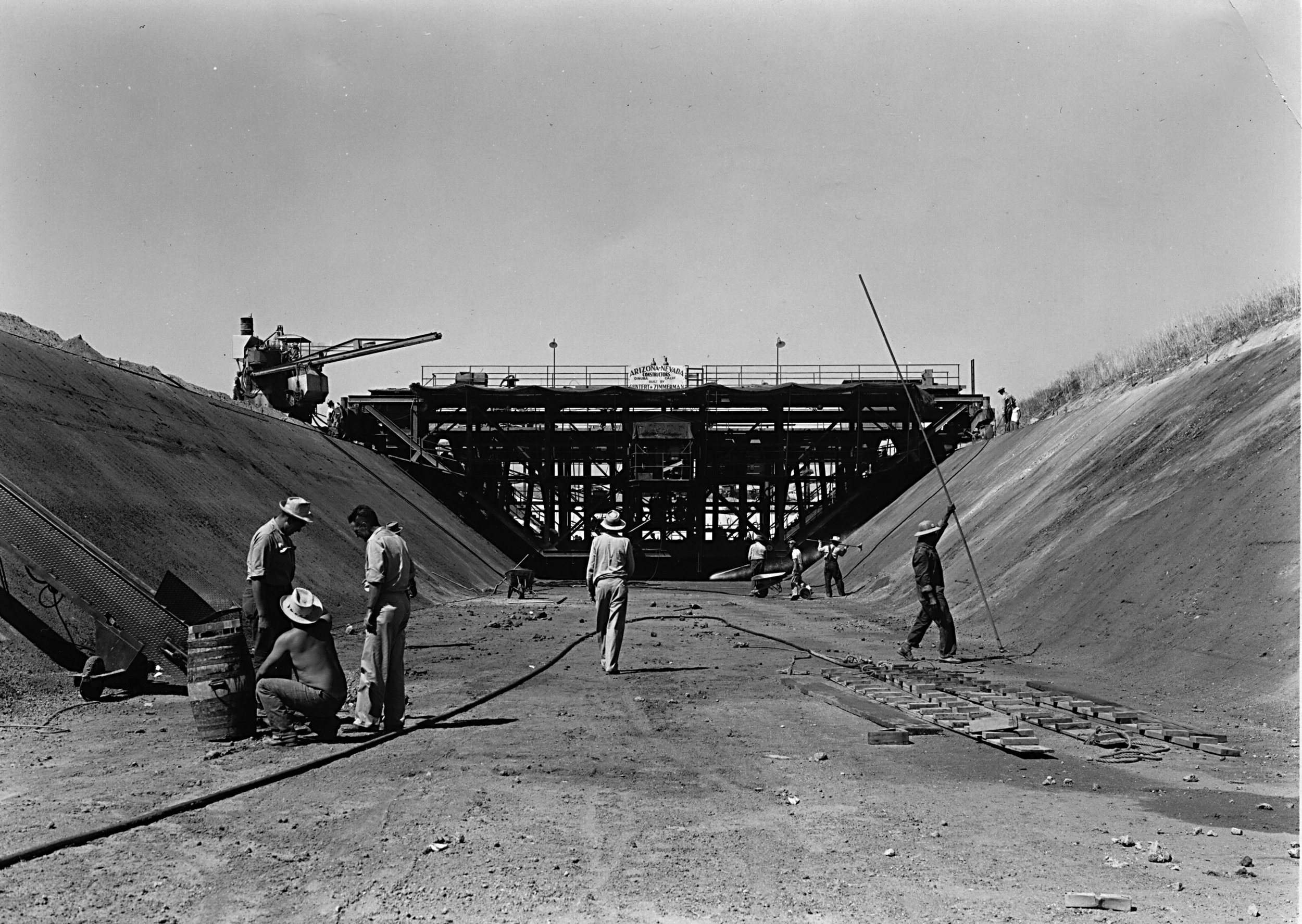
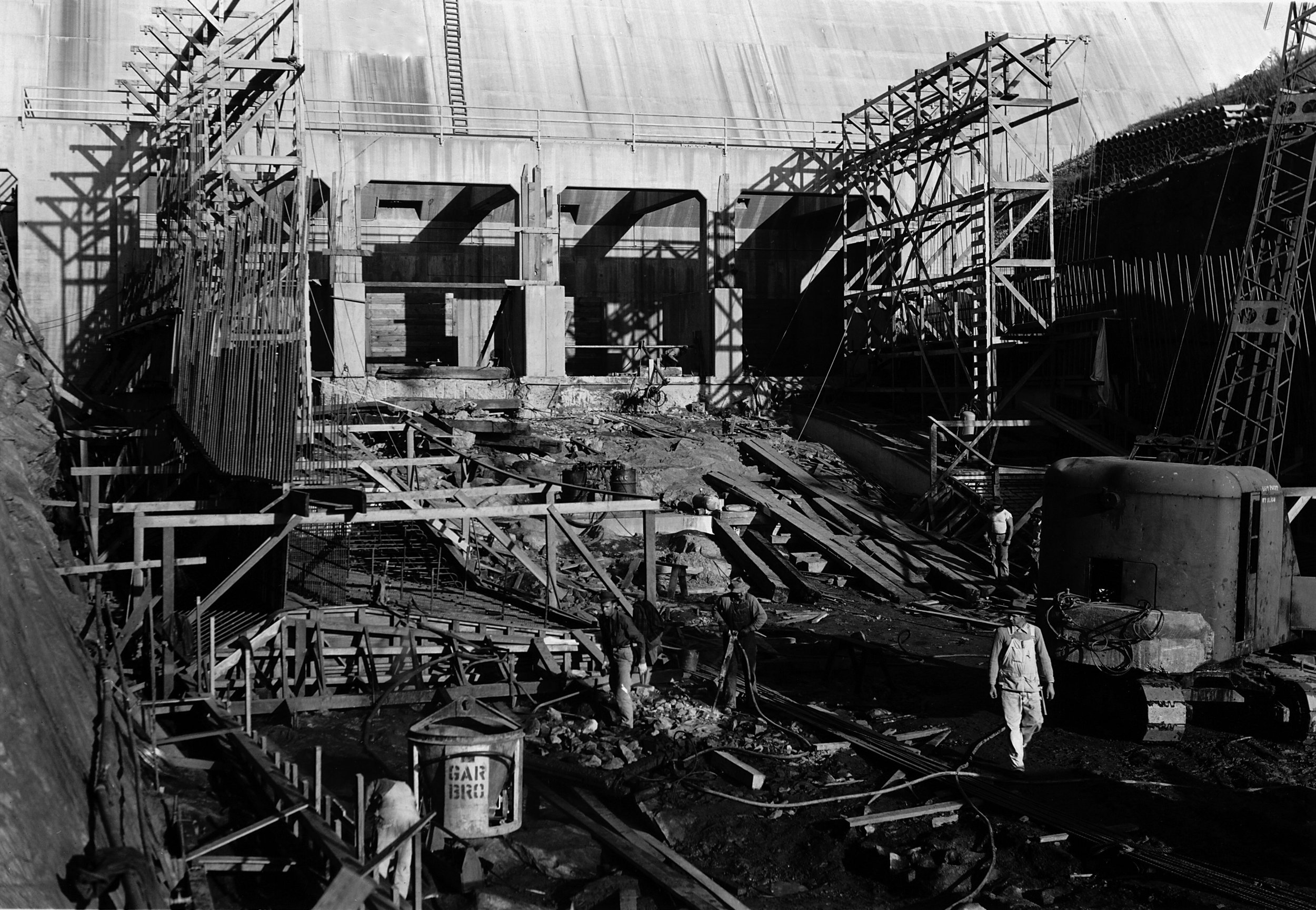
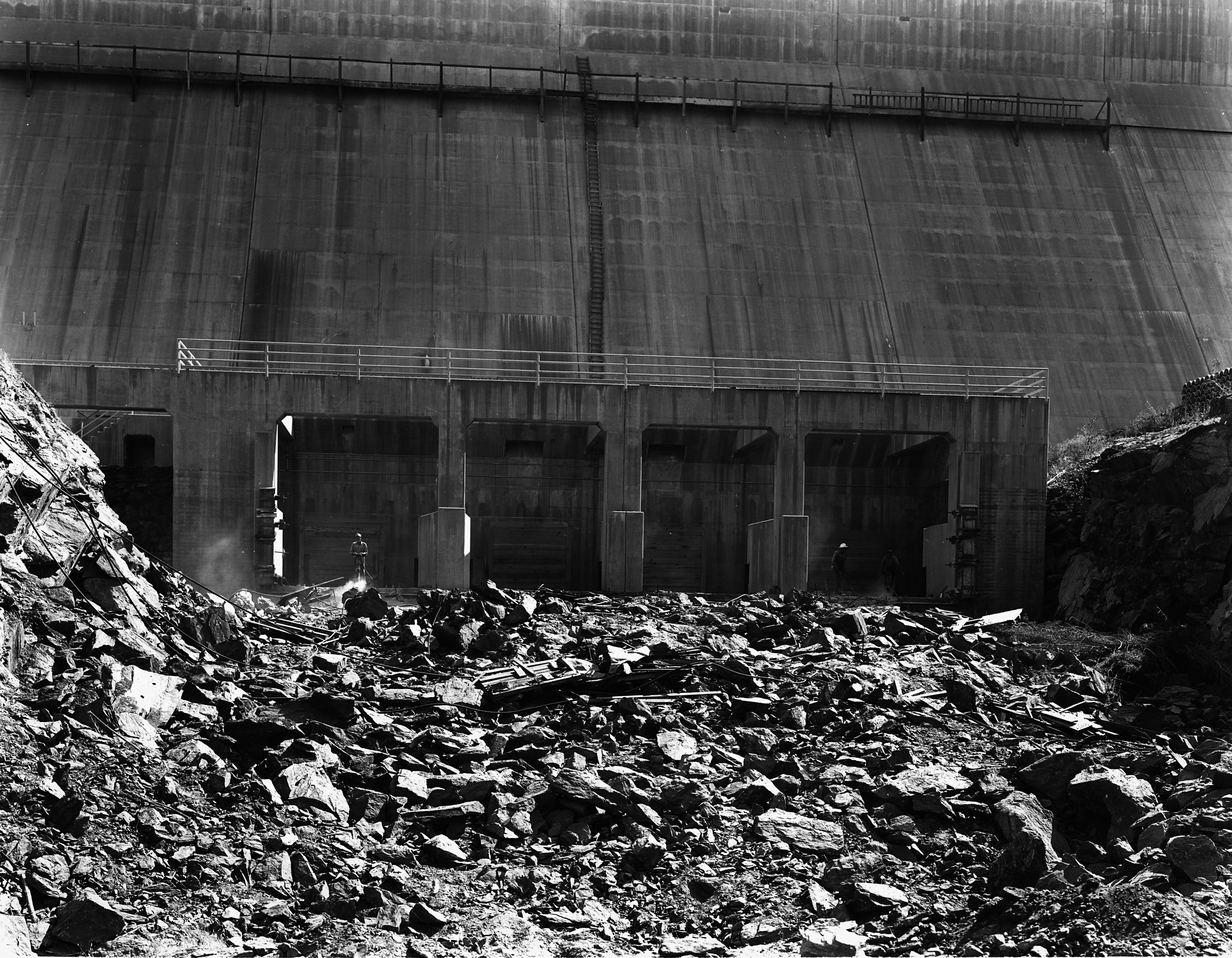
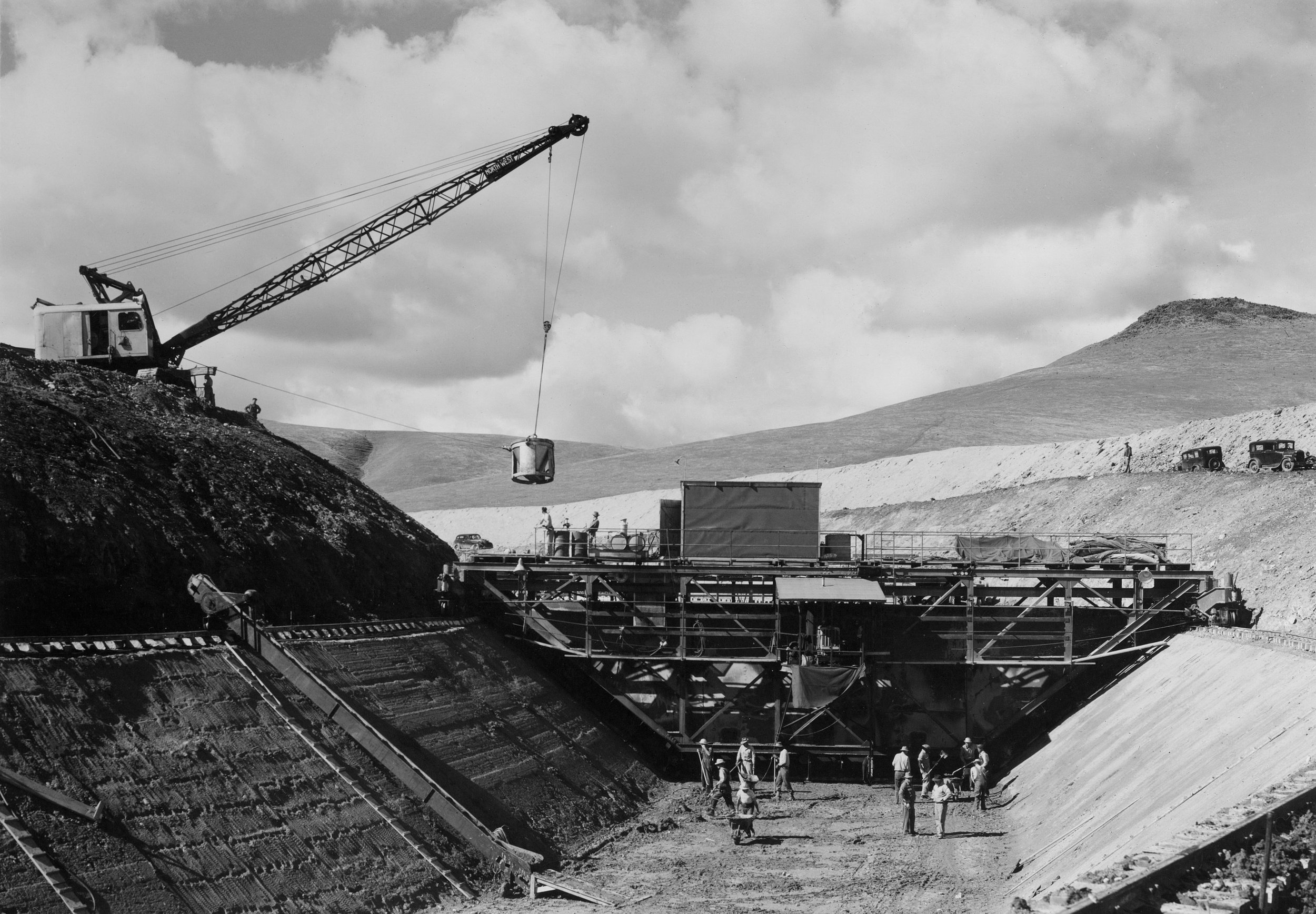
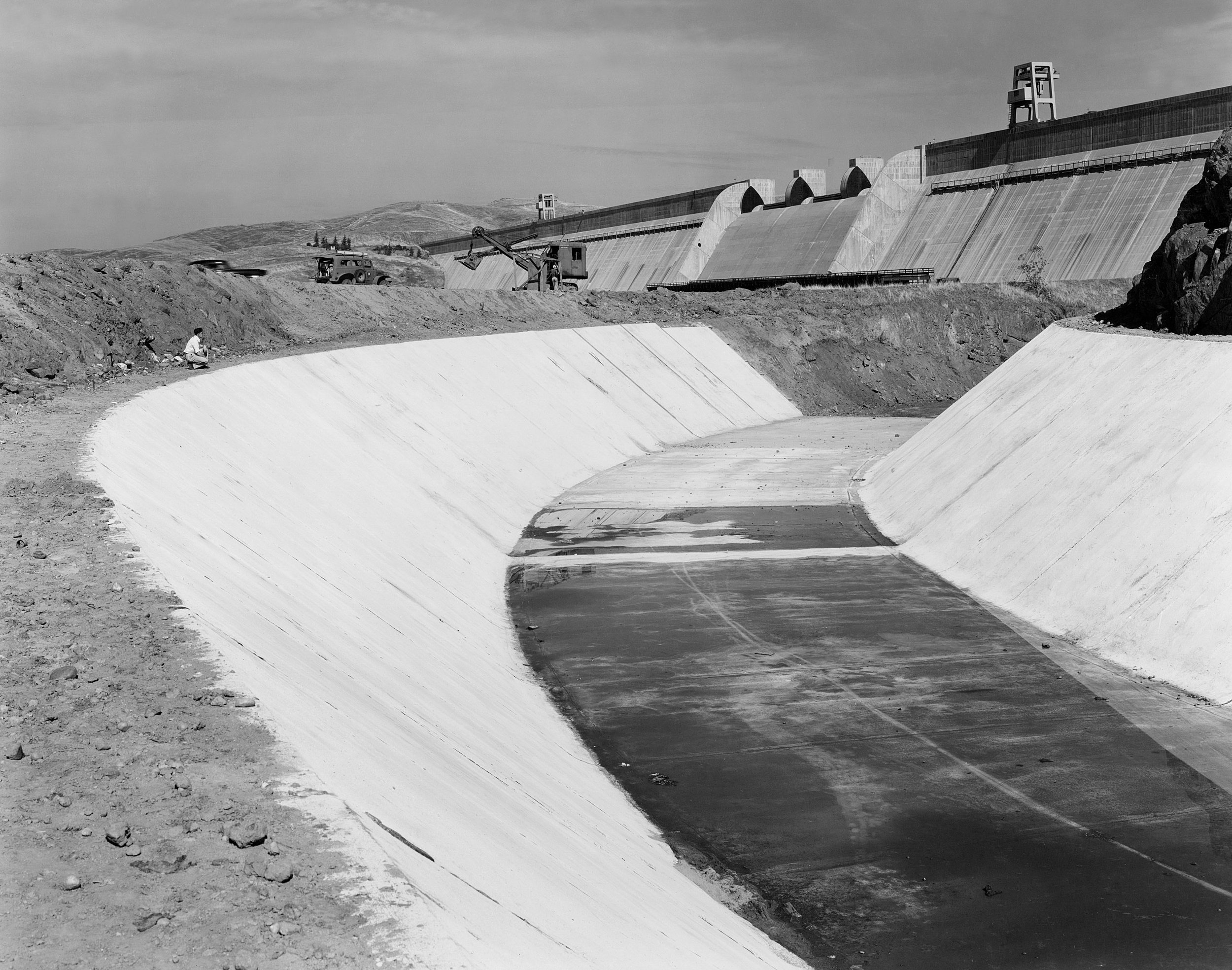
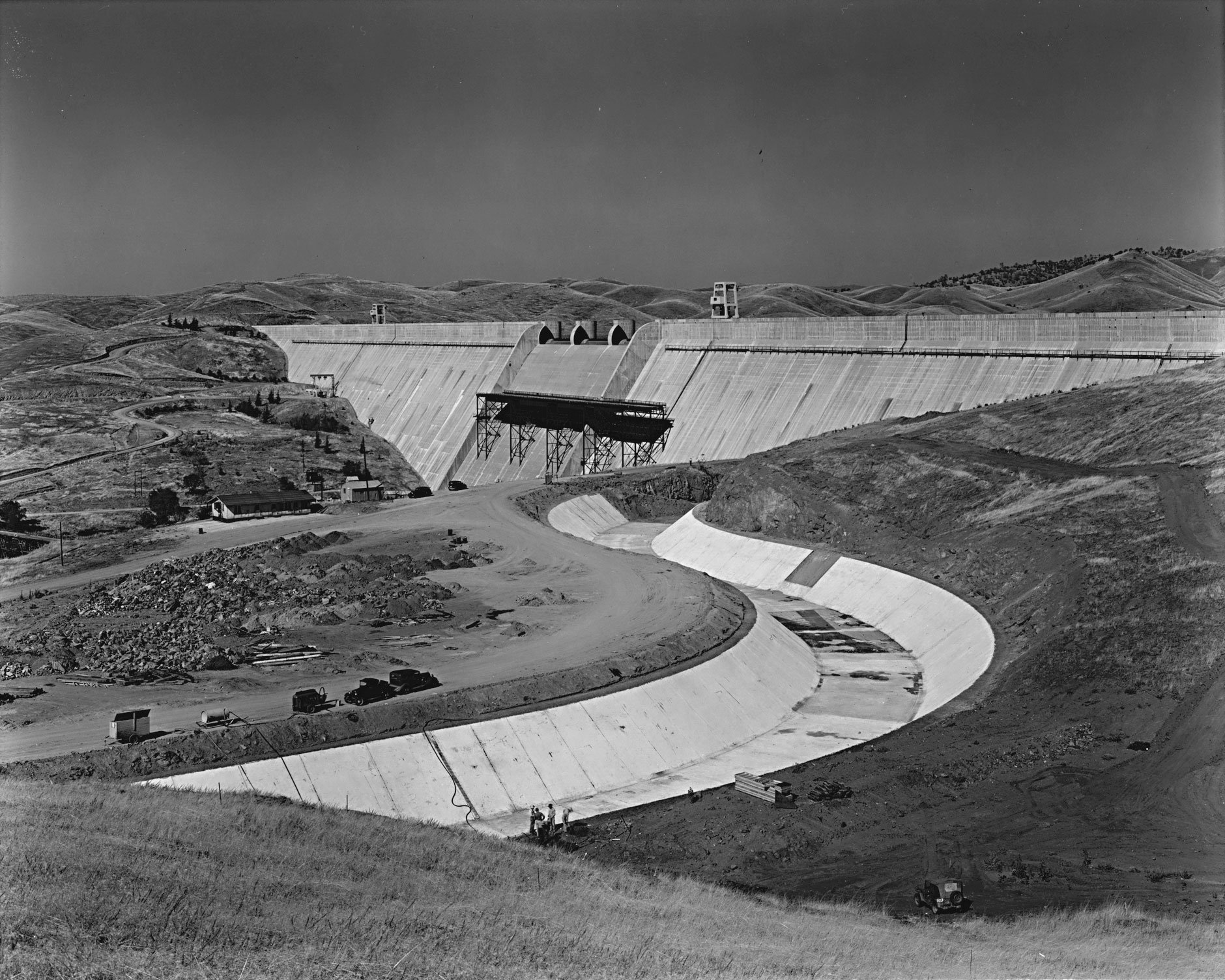
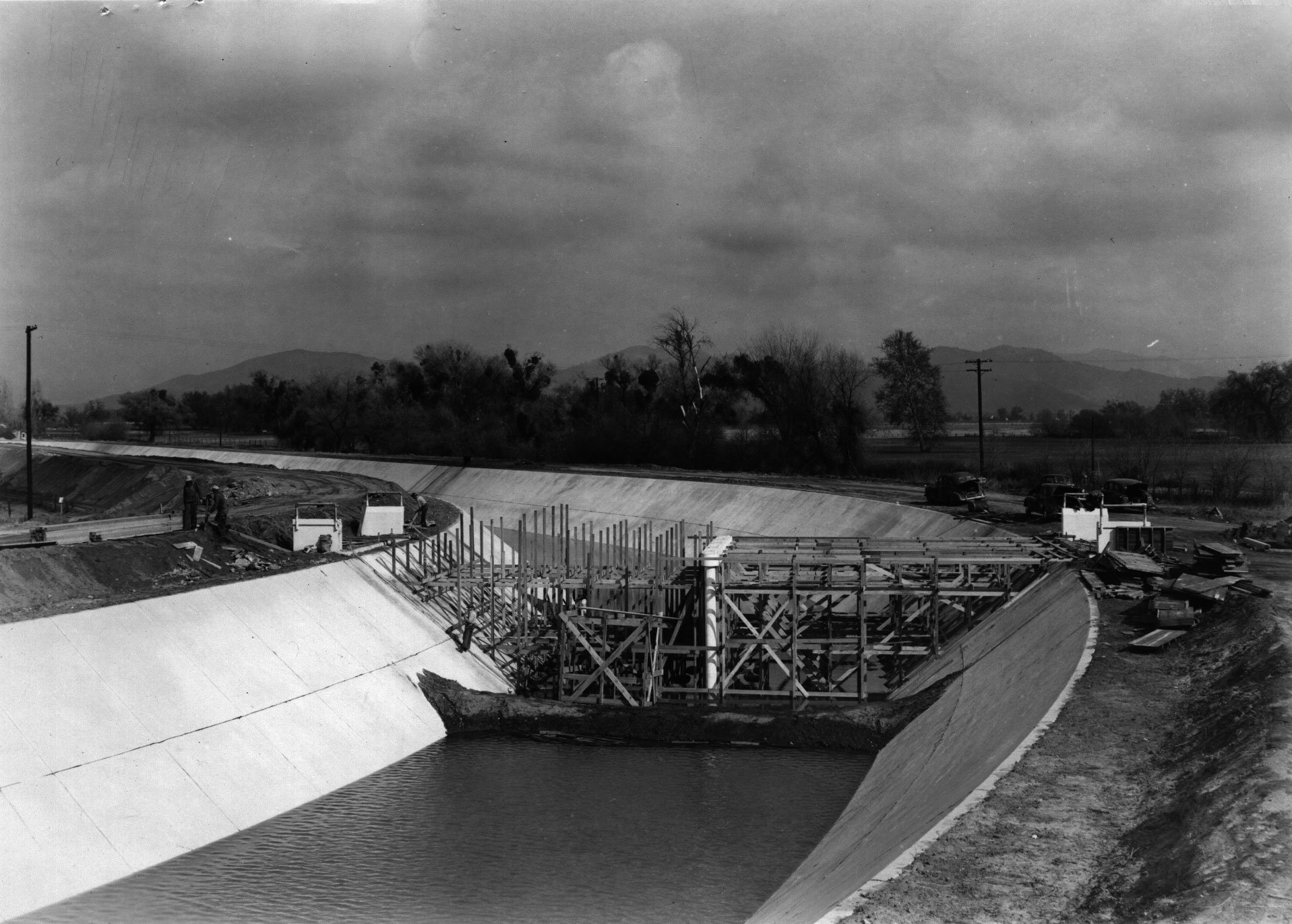
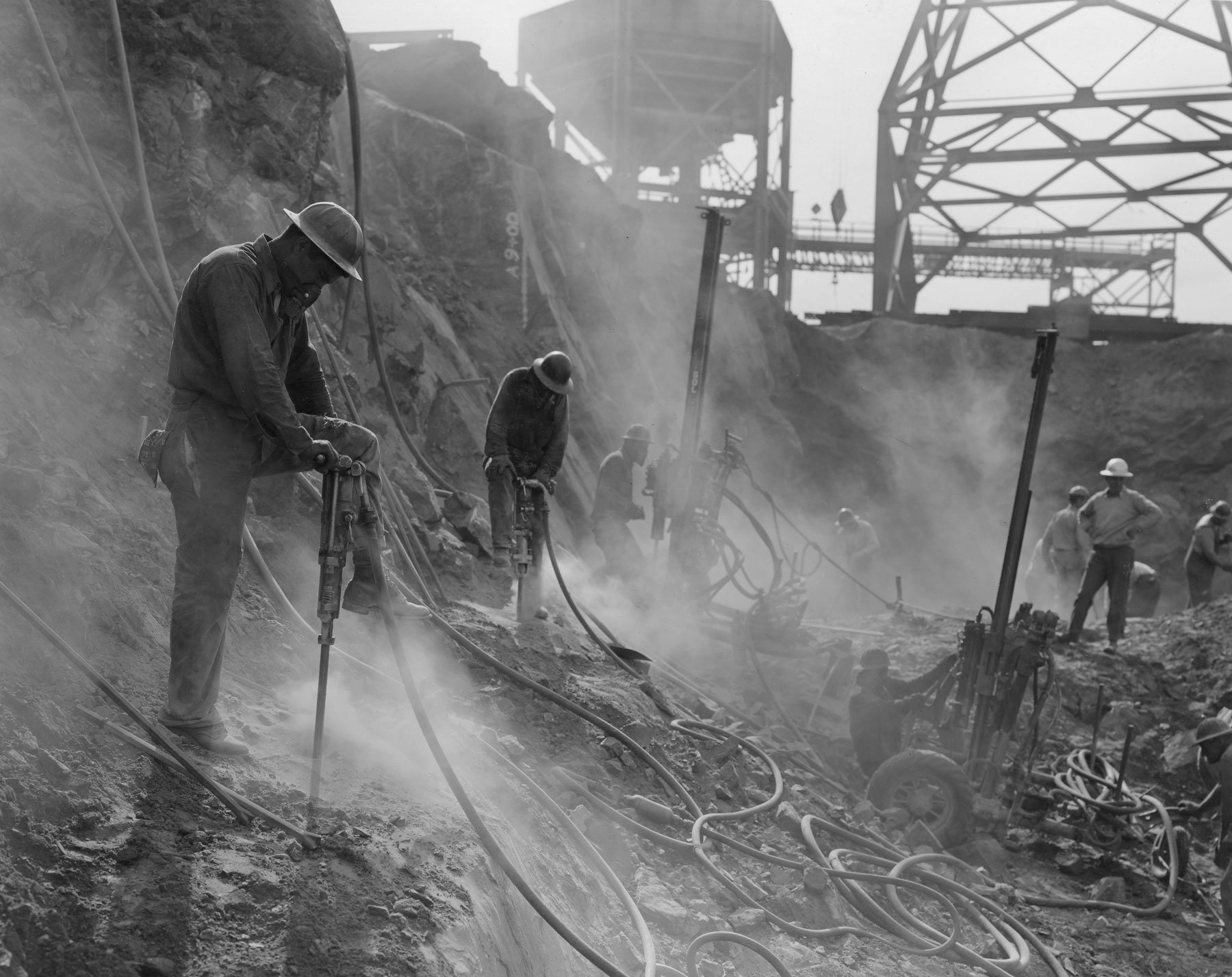
Significance of the Friant-Kern Canal
Since 1951, the Friant-Kern Canal has provided Fresno, Tulare, and Kern counties with a reliable source of irrigation water and played a pivotal role in transforming the San Joaquin Valley into the top agricultural producing region in the United States. In the years immediately following its completion, the total amount of cultivated acreage within the San Joaquin Valley jumped and farmers began to transition towards more profitable, water intensive crops, such as alfalfa, grapes, nuts, rice, tomatoes, and citrus. Changes brought about by the Friant-Kern Canal caused the total agricultural value of land in Fresno, Tulare, and Kern counties to increase between 23 and 31 percent.
Canal Components
The Friant-Kern Canal extends 151.81 miles from the headworks at Friant Dam to the Kern River. Its components include the canal prism as well as numerous regulating, conveyance, and protective structures that assist in the canal’s operation and maintenance.
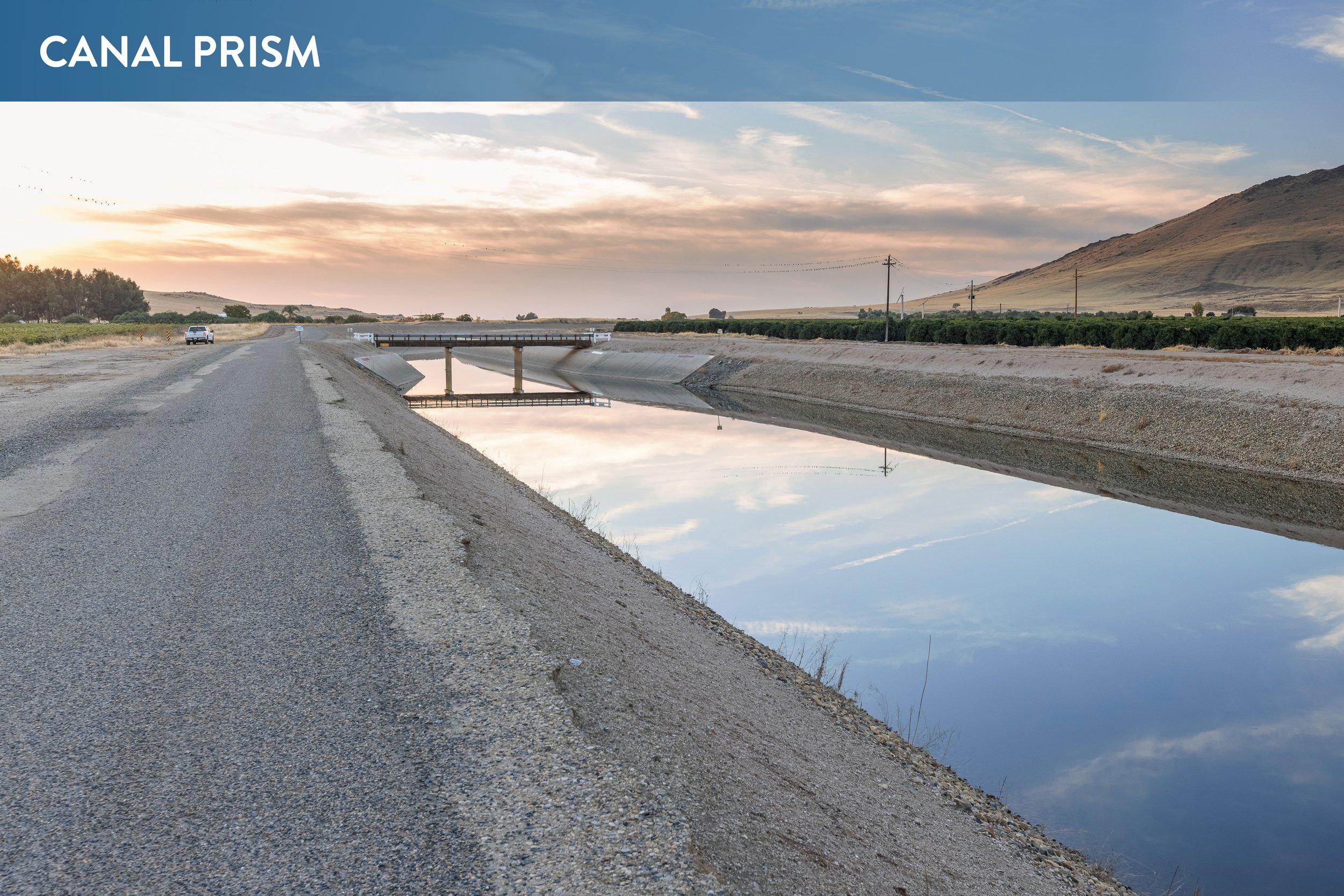
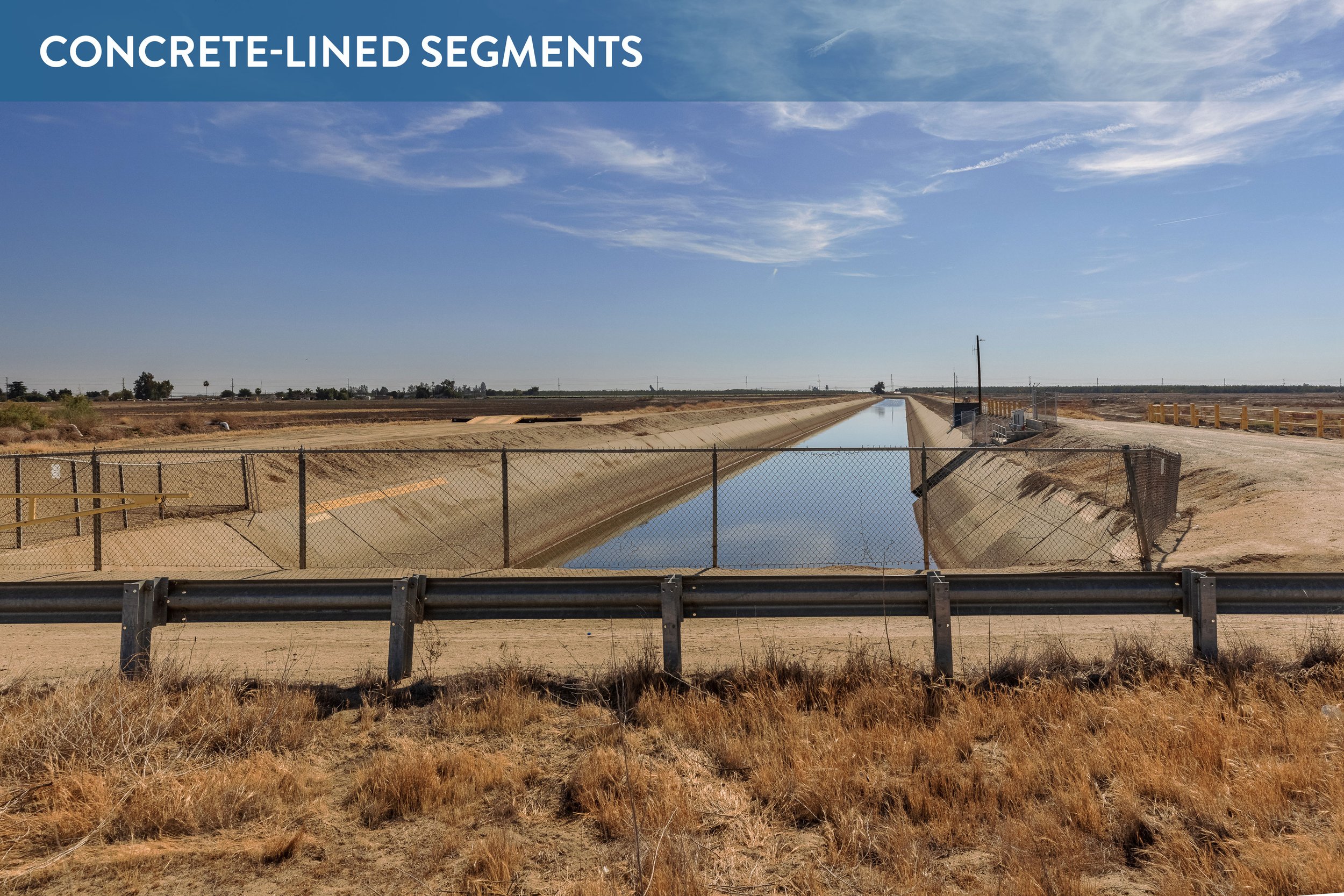
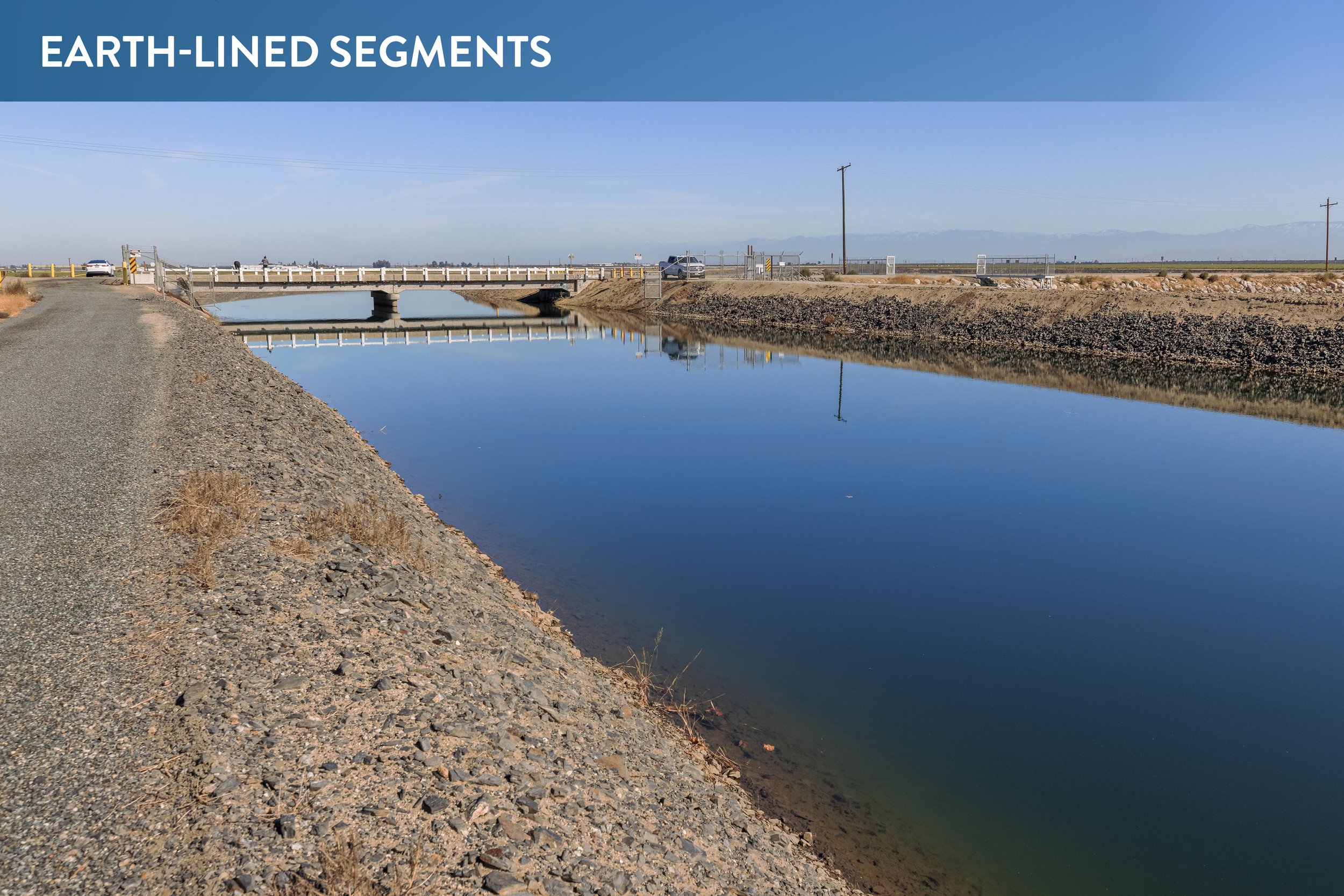
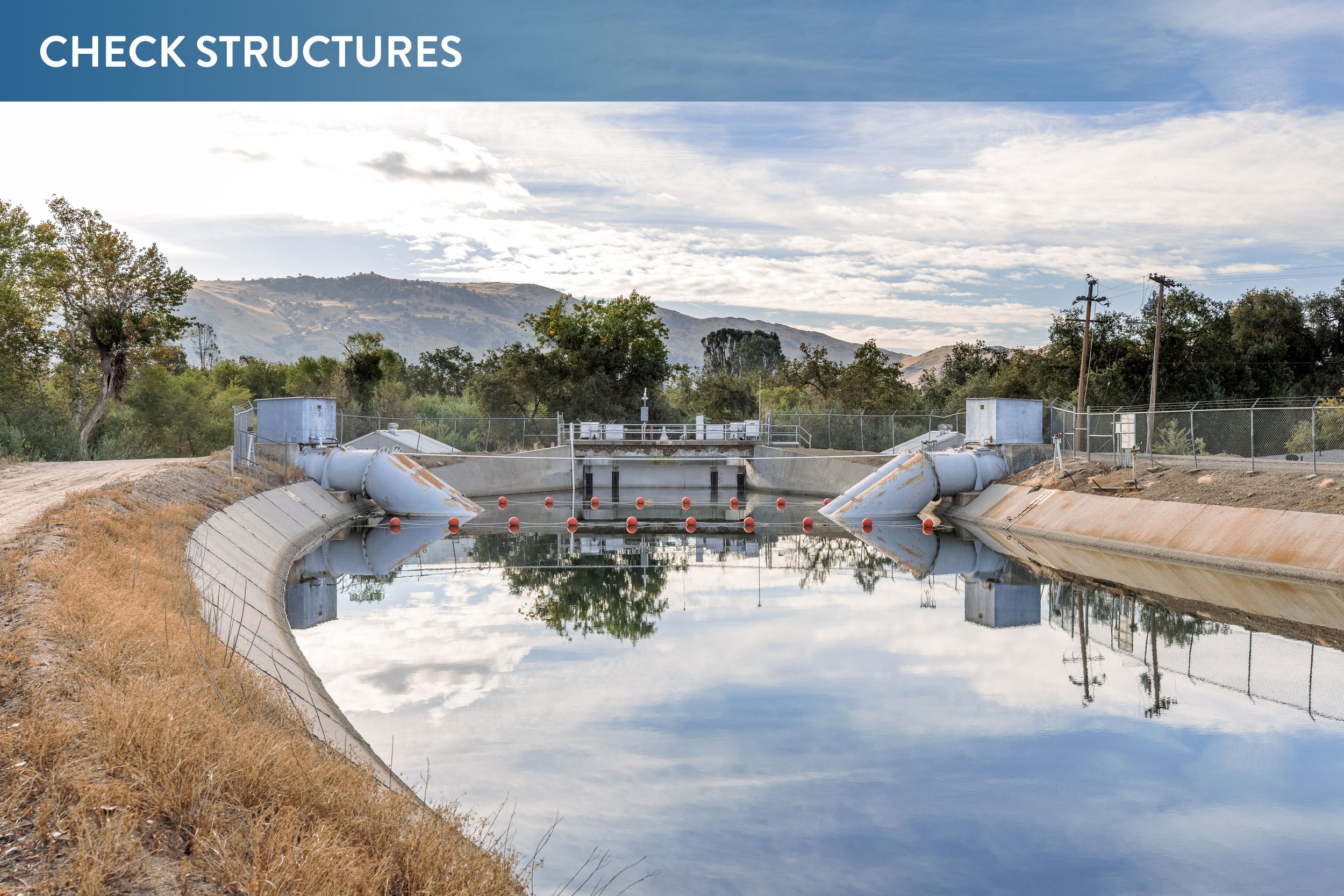
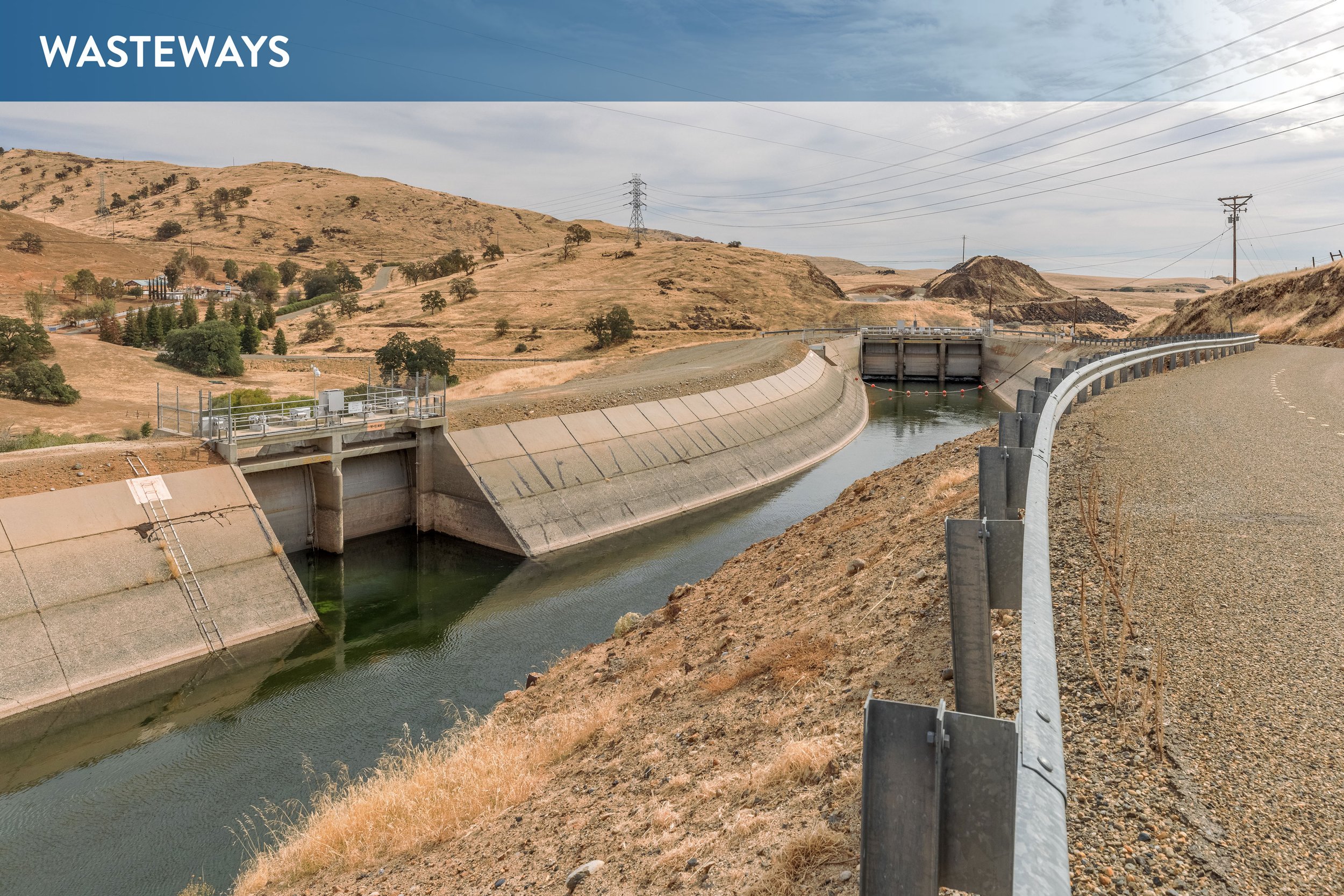
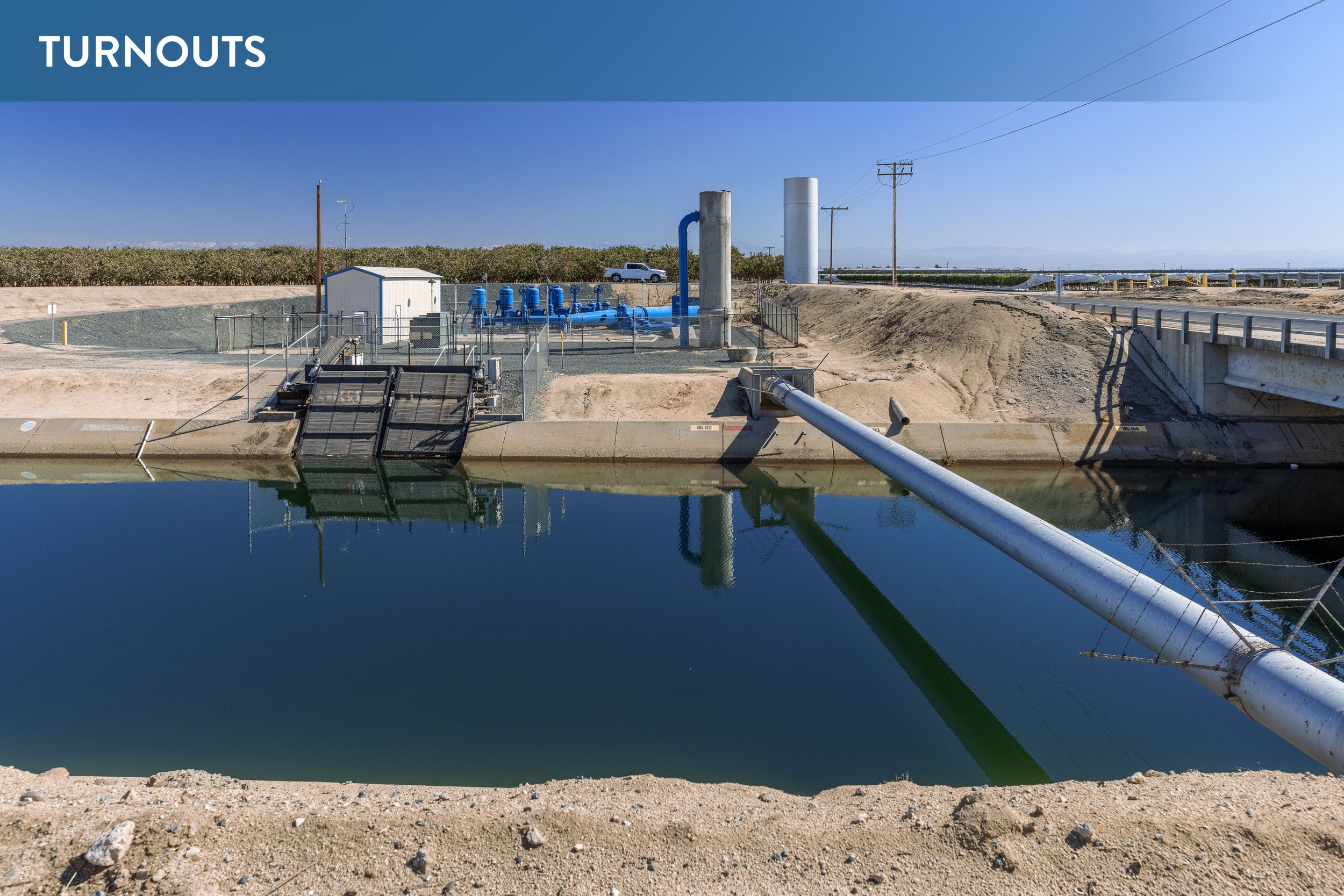
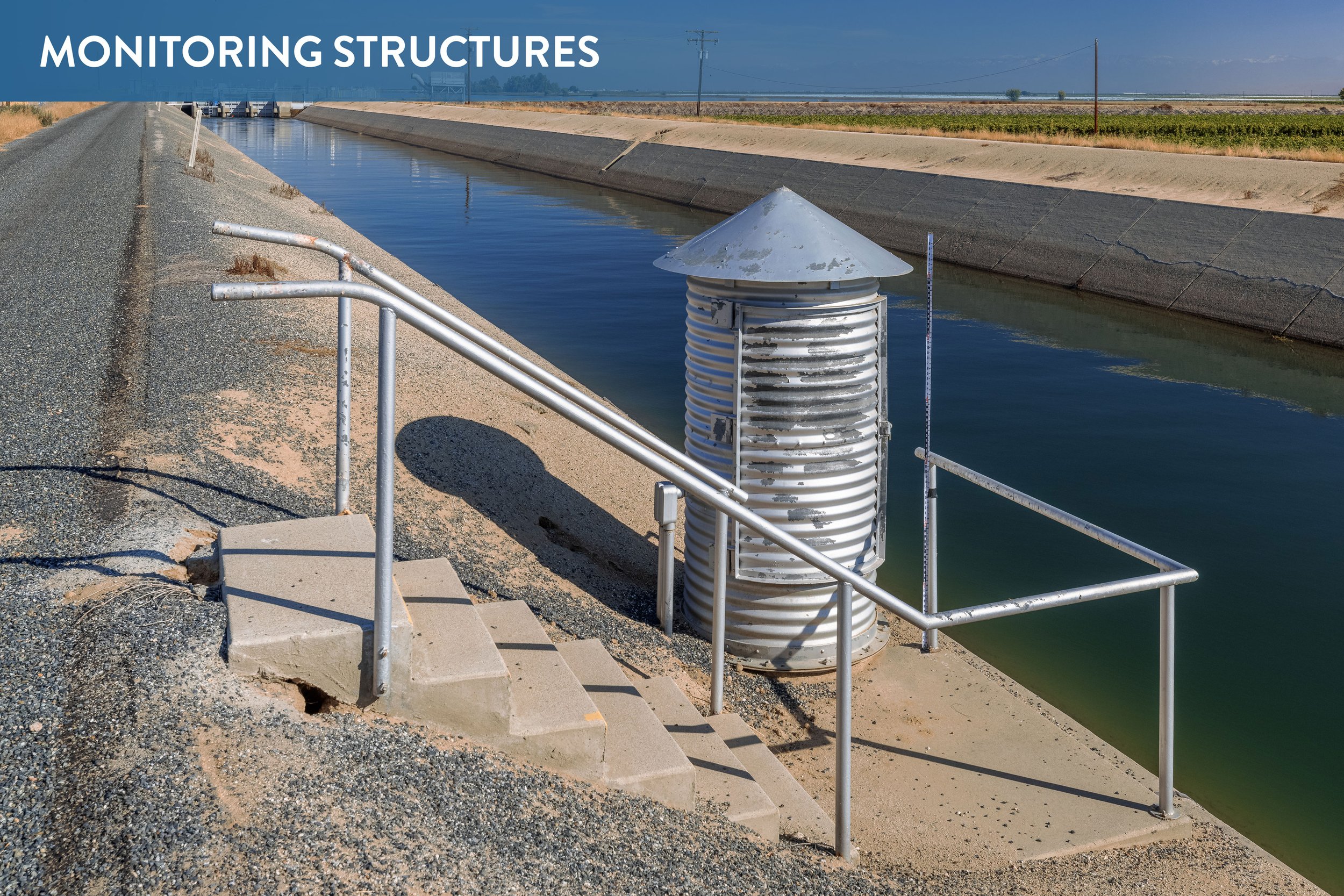
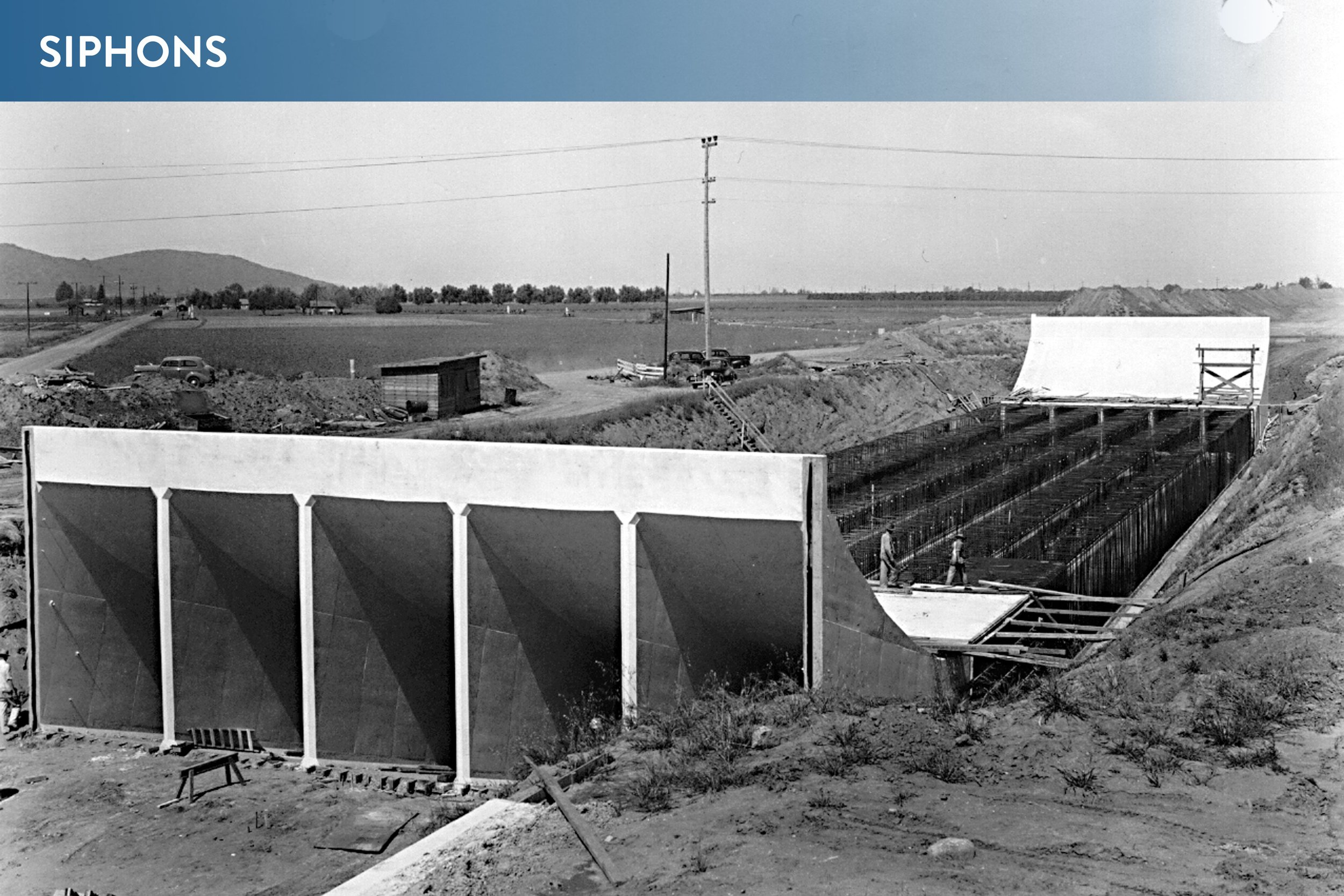


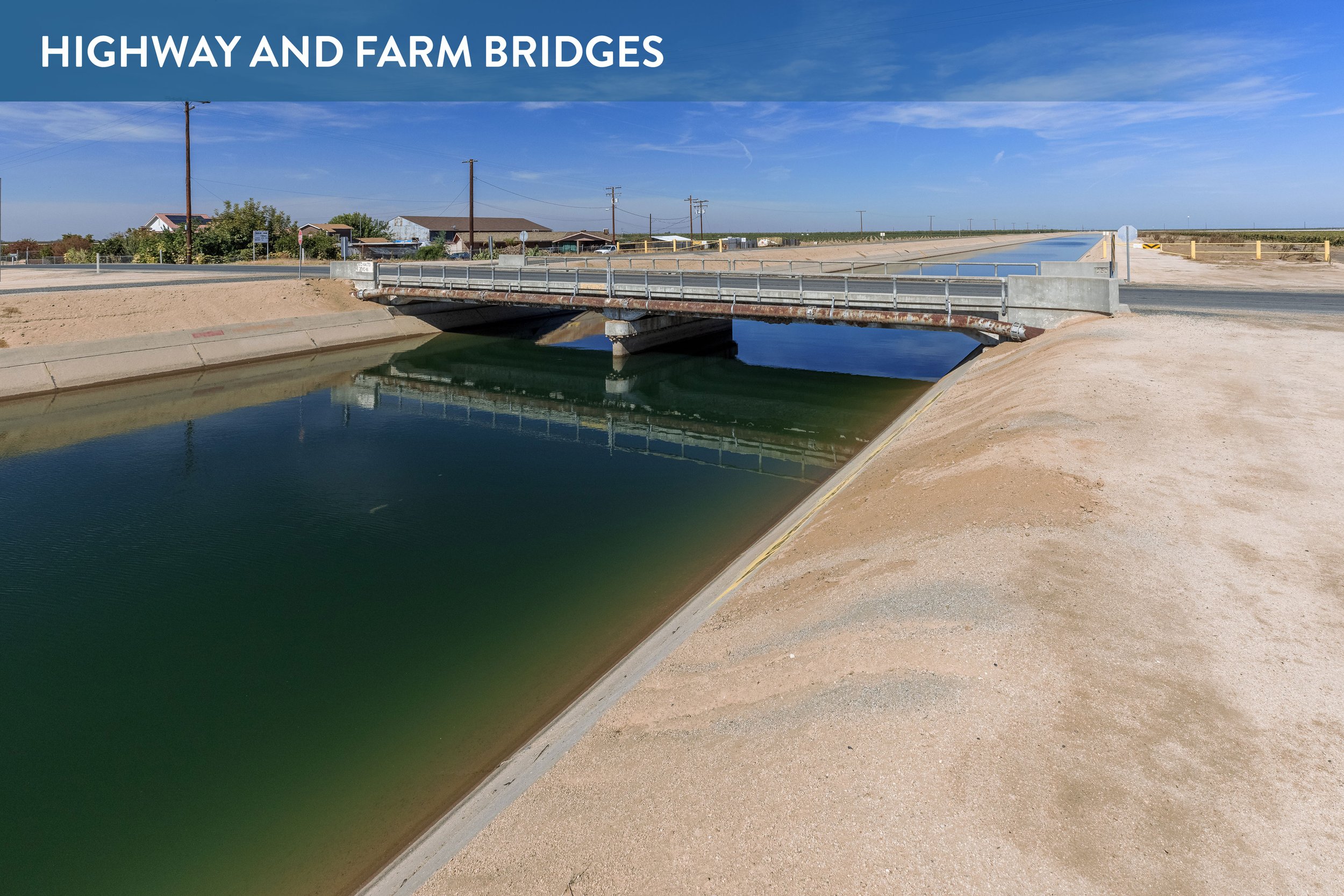
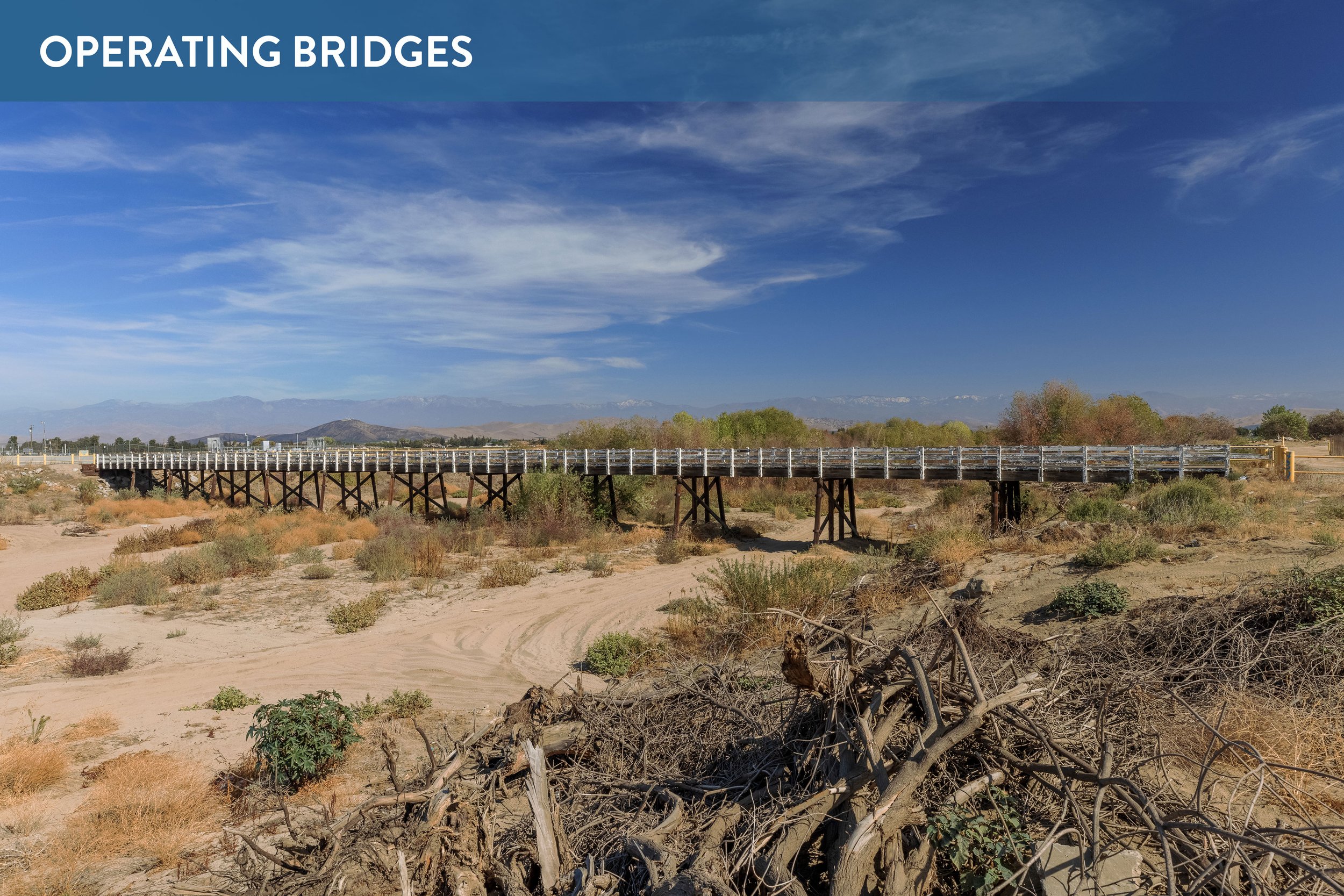
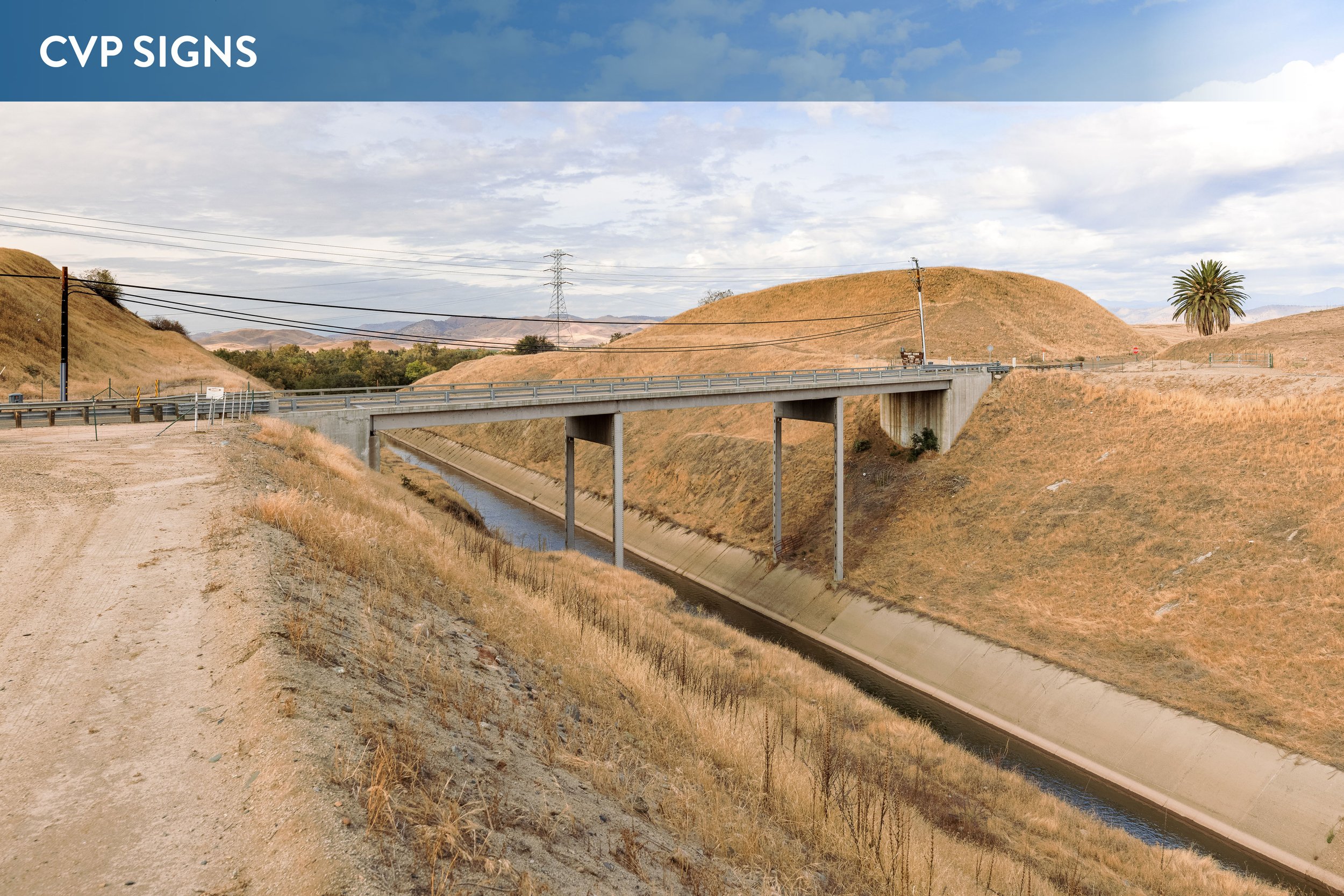
Color photos in carousel above courtesy of Stephen D. Schafer.
